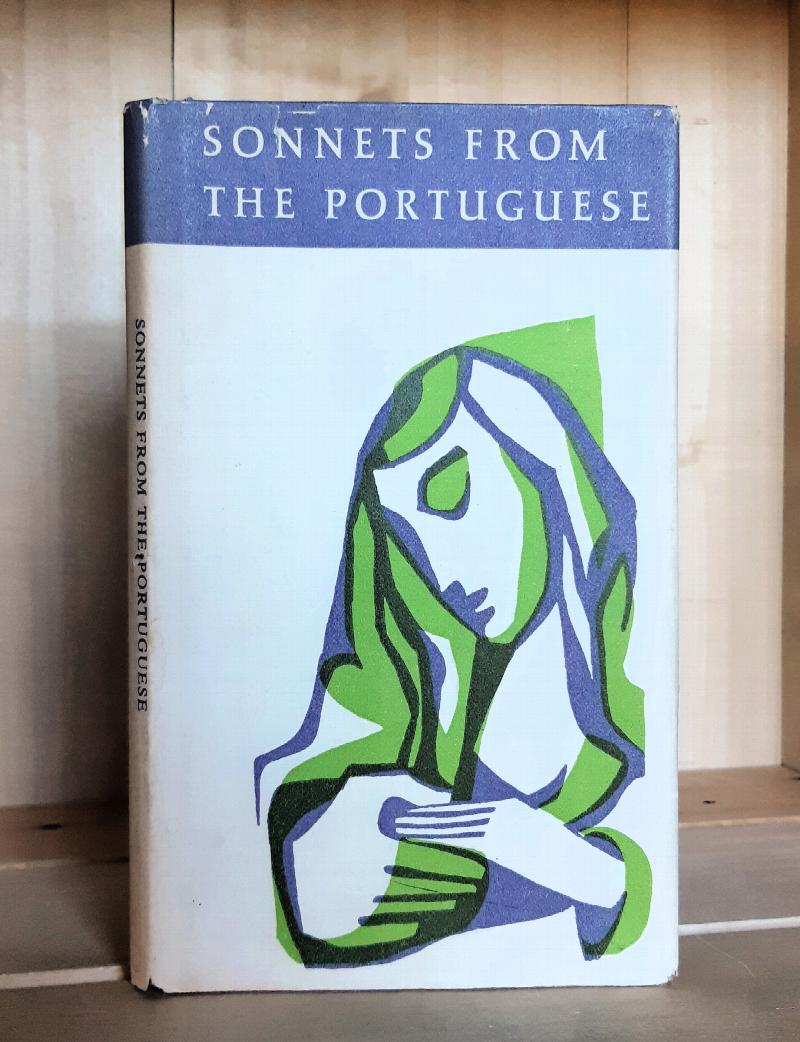

Following the Second World War, the choice for this role has most often fallen on the ordinary courts or a designated constitutional or international court. Although originally reserved for political movements and parties, the logic of militant democracy has, in recent years, been applied to justify the restrictions of Islamic dress.ĭue to the potential for abuse, it is generally agreed that militant democracy must be delimited by an independent arbiter. In response to deliberate and imminent attacks on the foundations of liberal democracy, it is argued, the state must strike back and, if necessary, compromise with its own principles of liberty, tolerance, and equality. The concept of militant democracy was originally coined to overcome the problems arising from a formalistic conception of democracy. I will argue that policymakers appear to have successfully convinced their constituents that wearing headscarves and face veils not only offends the cultural preferences of the majority, but also threatens the very foundations of the state, namely its constitutional identity.Īccordingly, the policymakers in question do not see themselves bound by the ordinary requirements of justification, but instead, resort to means of militant democracy. In this Article, I will propose an explanatory framework based on the interplay between the concepts of militant democracy, constitutional identity, and judicial review. How, then, can it be that multiple liberal democracies have introduced restrictions that, in effect, discriminate on the sole basis of religion? The restriction of such freedoms must be justified substantively beyond the wish of enforcing the majority group’s cultural preferences. Yet, in a liberal democracy, this interest must be balanced with the respect for individual, fundamental freedoms, such as the freedom to manifest one’s religion. The idea that a political majority wishes to impose its conception of the good on the rest of society is not controversial in itself, and indeed it is a founding principle of democracy. When examined in comparison to the generally lenient approach by the state towards symbols of Christianity-which remains the dominant faith in Western Europe-it is clear that policymakers wish to impose culturally motivated restrictions on individuals belonging to the Muslim minority. The restrictions are carefully designed to target the use of Islamic headscarves and face veils.

Technically, the laws and regulations do not discriminate between religions, but the preparatory works leave no doubt about the intention of their drafters. A wave of new laws and regulations aimed at restricting the use of Islamic dress has swept Western Europe.


The European restrictions on the use of face veils and headscarves offer a prism through which we can view some of the fundamental questions in liberal, democratic lawmaking.


 0 kommentar(er)
0 kommentar(er)
